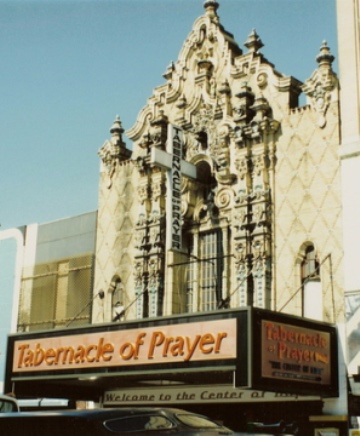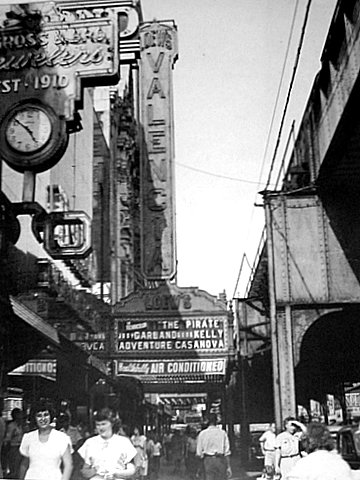|
That’s what streeteasy.com suggests in a recent posting.
I’m all for it, since I still have allegiance to the area. But I also have my concerns. I wrote my proposal for how New York City could make Jamaica more attractive to people who might be drawn to the area. Yes, it involves one of the worst mistakes of the Bloomberg era – the killing of the great beacon on the hill, Jamaica High. Please read my essay on streeteasy.com: http://streeteasy.com/blog/how-nyc-could-really-revitalize-jamaica-queens/ Comments are welcome on that site. GV
Martha Gottlieb Taylor
12/21/2015 11:18:41 am
George, thinking of you this morning, I checked into your website an found this wonderful article. As one of those who still lives happily in the house my parents bought when I was three and raised my four children (all five of us are Jamaica High alums), I share your sentiments. Great read!
George Vecsey
12/21/2015 11:41:43 am
Martha, thanks. I admire you and a few others who are where you grew up. Don't go nowhere. GV
George Vecsey
12/21/2015 11:46:14 am
Very impressive: three of the first emails I received were from Artie Benoit, Rich Rodin and Stan Einbender, three players from those great mid-50's basketball teams. The three of them could go to PS 26 and challenge anybody, right now, right?
bruce
12/21/2015 01:13:59 pm
George
George Vecsey
12/21/2015 01:48:15 pm
Bruce -- you Canadahooskies and your sly sense of humor.
bruce
12/21/2015 04:35:56 pm
george,
Brian Savin
12/21/2015 10:24:02 pm
I'm not sure about this, George. JHS was graduating less than 50% of its students when Bloomberg took notice, as you may have mentioned in a prior post. When does a school warrant change, if not then? What the Mayor did was make a determination that things were so bad that he had to rebuild from scratch. So, the BoE created four smaller specialty schools, all sharing facilities and athletic programs, focused on math and science, college board exams, arts and letters, and community service. Changing the discussion can often help in solving problems. I remember when the schools in my old town were being crowded by a mini baby boom and the town needed to reopen a closed school. Parents rebelled because it meant bussing from neighborhoods. My own neighborhood school Principal was asked to take over the new school and deal with the uproar. What he did was organize the curriculum of the new grammar school and announce that it would prepare students for the International Baccalaureate certificate and would admit on an application basis. The complaints abruptly ended and the school was over subscribed. Given the upward mobility goals of Jamaica, I would think the Bloomberg plan may be assisting and fostering that potential, while also refocusing on how to help the struggling student population. Time will tell.
George Vecsey
12/22/2015 08:31:46 am
Brian, I know that small units work. I see them work up close via relatives teaching and being taught in NYC and Long Island. No argument. In Jamaica's case, they cooked the books -- put dropouts and even young people at Rikers Island and other places into Jamaica's stats. Hangin' jury, as they say in the westerns.
Andy Tansey
12/25/2015 08:58:50 am
I don't know enough about the JHS change to comment.
George Vecsey
12/26/2015 10:32:41 am
Andy, thanks for your great visceral response to being back in Jamaica. It belongs on the streeteasy web site. You OK with that?
Andy Tansey
12/27/2015 06:05:12 am
George: 8/9/2016 02:56:20 pm
Good blog here! return to read more of your useful information. Thanks for the post. Comments are closed.
|
Categories
All
|











